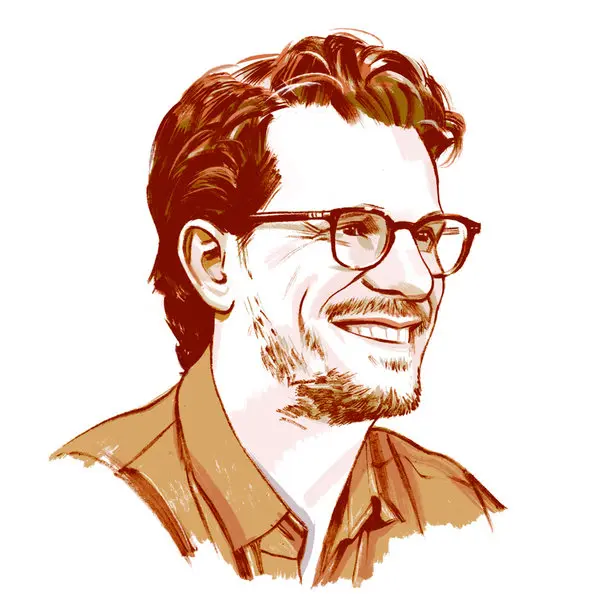
by Michele Kirichanskaya | Apr 17, 2025 | Blog
Brian Selznick’s books have sold millions of copies, garnered countless awards worldwide, and have been translated into more than 35 languages. He broke open the novel form with his genre-breaking thematic trilogy, beginning with the Caldecott Medal-winning #1 New...
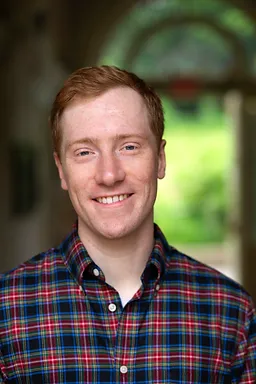
by Chris Allo | Apr 20, 2024 | Blog
Greetings All, Chris Allo here with another queer creator spotlight this time with Graphic novelist-Jonah Newman Jonah is a cartoonist and editor. As an editor at Graphix, Scholastic’s graphic novel imprint, he has worked with Dav Pilkey, Jamar Nicholas,...
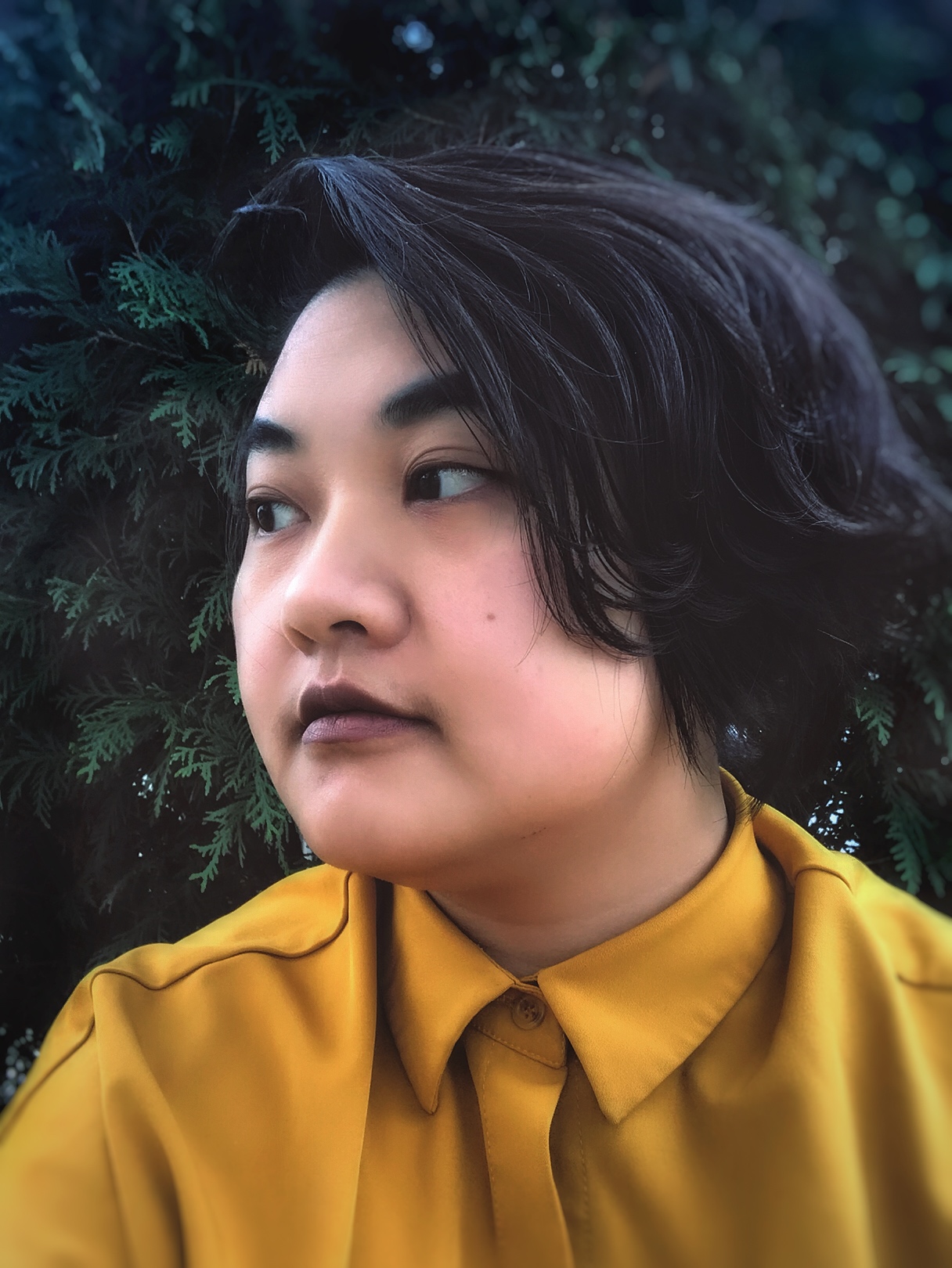
by Michele Kirichanskaya | Jan 15, 2023 | Blog
Chan Chau is the creator of the New York Times bestselling graphic novel adaptations of The Baby-Sitters Club: Kristy and the Snobs and The Baby-Sitters Club: Jessi’s Secret Language by Ann M. Martin. They graduated from the Minneapolis College of Art and...
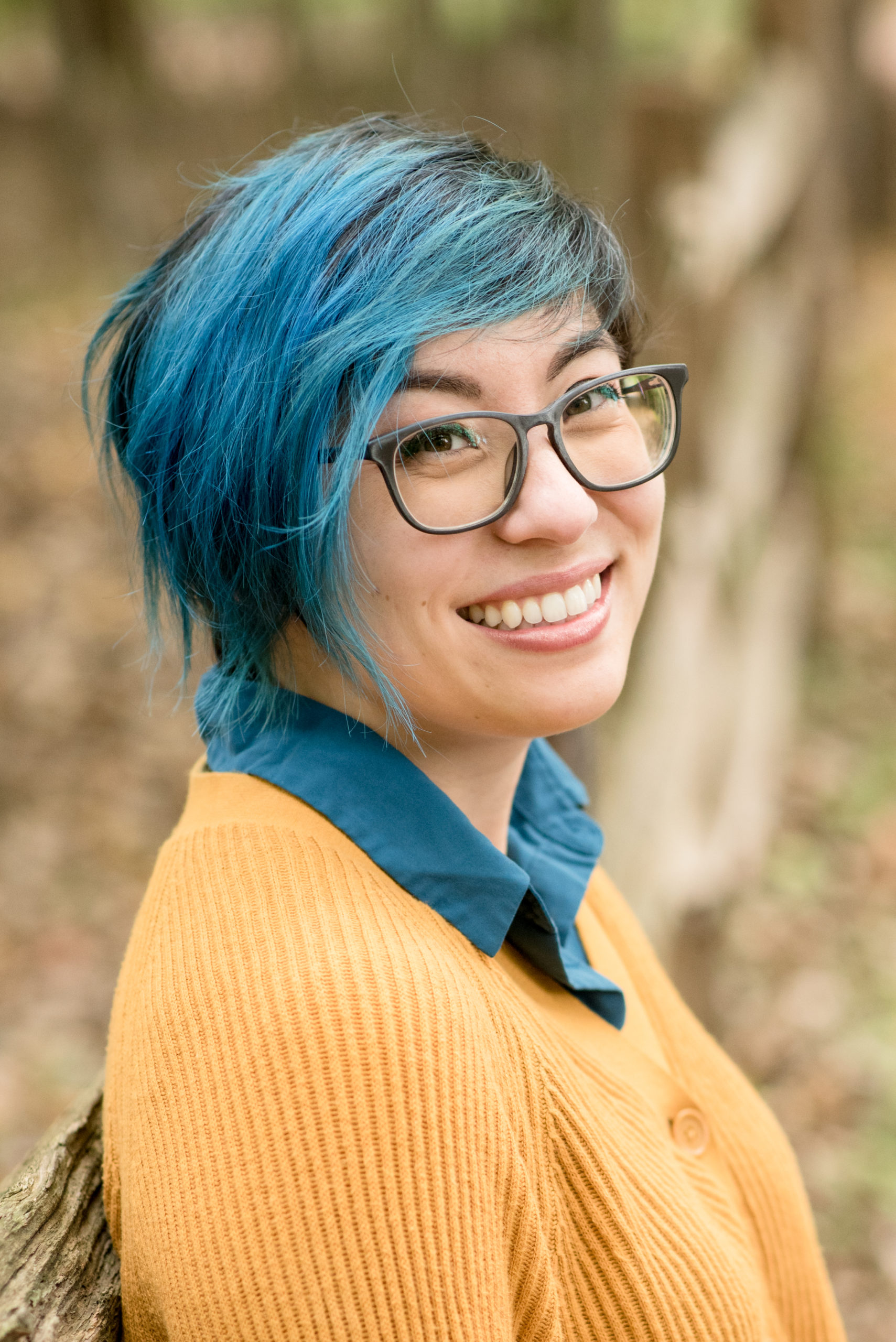
by Michele Kirichanskaya | Oct 14, 2022 | Blog
Gale Galligan is the creator of the New York Times bestselling Baby-sitters Club graphic novel adaptations of Dawn and the Impossible Three, Kristy’s Big Day, Boy-Crazy Stacey, and Logan Likes Mary Anne! by Ann M. Martin. They are also the creator of Freestyle, an...
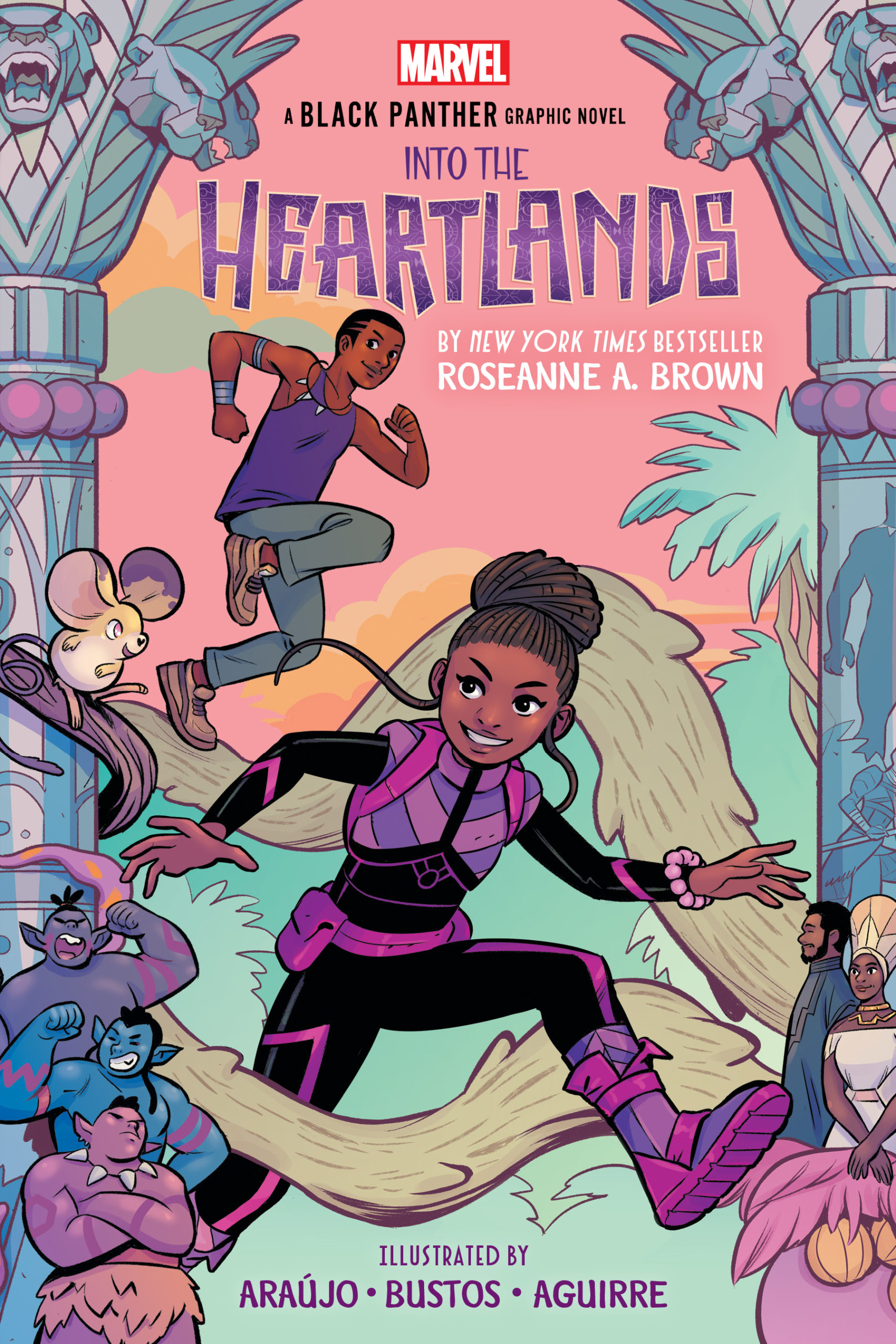
by Michele Kirichanskaya | May 18, 2022 | Blog
Shuri and T’Challa set out to remove a curse from Wakanda in an action-packed, totally original Black Panther graphic novel, Shuri and T’Challa: Into the Heartlands available now! The creative team includes Roseanne A. Brown, Natacha Bustos, Dika Araújo, and...






